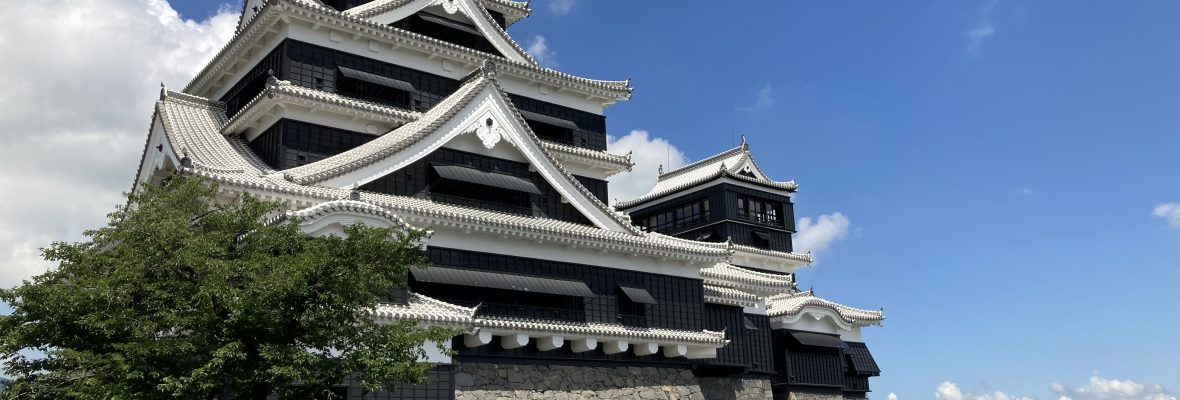End of the year is approaching very quickly. It feels like I haven`t done a lot on this site this year unfortunately. I wish I had more free time to do more research and get out of the shop a bit more. Anyway, our business is going along reasonably well, and the kids are growing up happy and healthy. I look forward to the new year and new adventures.
A couple of weeks ago before the cold winter weather drifted in we were blessed with a little period of nice warm, sunny weather. Not sure when we would be able to have our next road trip we decided to drive down to Kurume. It’s not so far from Fukuoka city so it is just bearable for the rug rats.


Kora Taisha is the oldest shrine in Chikugo Province and is located at the westernmost tip of the Mino Mountain Range, 312 metres above sea level. Views of the Chikugo plains are fantastic. I have also seen some night and sunset photos which also look great.
Some records say that the shrine was built in the 55th year (367AD) of Nintoku, or others say it was in the 78th year (390AD). Either way, it is the oldest shrine in the Chikugo region.


Officially, Kora Taisha was once known as Kora Tamadaru-gū. It was founded in 400, the first year of the reign of Emperor Rinchū. At the time it was said that Mt Kora did not have many trees, so pine trees were taken from Amitsu town down in Kumamoto and planted around the shrine. Today, pine trees cover the entire mountain and it looks beautiful.
In the medieval period, the shrine’s power in the Chikugo region came to rival that of the provincial governors, and in the Nanbokucho period 1336 to 1392, it received the prayers of the Shogun and Prince Kaira. The current main hall of the shrine, the hall of offerings and the hall of worship were built by Kurume feudal lord Yoritoshi Arima (3rd), and are all important cultural properties. The shrine treasures include the ‘Tale of the Heike Heike’ (Important Cultural Property) and the ‘Enkiki of Kora Taisha Shrine on Silk (Prefectural Cultural Property), while the Moso Kinmyou bamboo in the mountains (a national natural treasure) and the Korasan Shinzokuishi (nationally designated cultural property and historic site) are also valuable. Historic Site) are also preserved as valuable objects.





Thankyou for reading.
See you next year.
Words and photos by Stuart Iles.


You must be logged in to post a comment.